Impact of circulating SARS-CoV-2 variants on mRNA vaccine-induced immunity
- PMID: 34634791
- PMCID: PMC9348899
- DOI: 10.1038/s41586-021-04085-y
Impact of circulating SARS-CoV-2 variants on mRNA vaccine-induced immunity
Abstract
The emergence of SARS-CoV-2 variants with mutations in major neutralizing antibody-binding sites can affect humoral immunity induced by infection or vaccination1-6. Here we analysed the development of anti-SARS-CoV-2 antibody and T cell responses in individuals who were previously infected (recovered) or uninfected (naive) and received mRNA vaccines to SARS-CoV-2. While individuals who were previously infected sustained higher antibody titres than individuals who were uninfected post-vaccination, the latter reached comparable levels of neutralization responses to the ancestral strain after the second vaccine dose. T cell activation markers measured upon spike or nucleocapsid peptide in vitro stimulation showed a progressive increase after vaccination. Comprehensive analysis of plasma neutralization using 16 authentic isolates of distinct locally circulating SARS-CoV-2 variants revealed a range of reduction in the neutralization capacity associated with specific mutations in the spike gene: lineages with E484K and N501Y/T (for example, B.1.351 and P.1) had the greatest reduction, followed by lineages with L452R (for example, B.1.617.2). While both groups retained neutralization capacity against all variants, plasma from individuals who were previously infected and vaccinated displayed overall better neutralization capacity than plasma from individuals who were uninfected and also received two vaccine doses, pointing to vaccine boosters as a relevant future strategy to alleviate the effect of emerging variants on antibody neutralizing activity.
© 2021. The Author(s), under exclusive licence to Springer Nature Limited.
Conflict of interest statement
All other authors declare no competing interests.
Figures
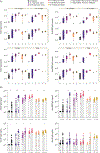

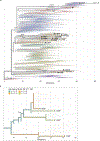

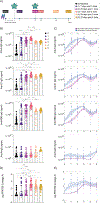
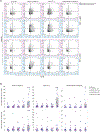
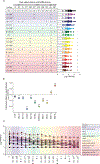

References
Main references
-
- Wang P et al. Antibody resistance of SARS-CoV-2 variants B.1.351 and B.1.1.7. Nature 593, 130–135 (2021). - PubMed
Methods references
-
- Mao T et al. A stem-loop RNA RIG-I agonist confers prophylactic and therapeutic protection against acute and chronic SARS-CoV-2 infection in mice. bioRxiv 2021.06.16.448754 (2021) doi:10.1101/2021.06.16.448754. - DOI
Publication types
MeSH terms
Substances
Supplementary concepts
Grants and funding
LinkOut - more resources
Full Text Sources
Other Literature Sources
Medical
Miscellaneous

